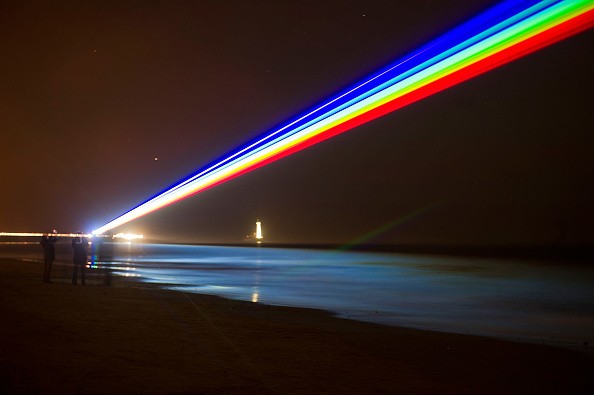China's Long March 5 is still orbiting the Earth in an uncontrolled manner. Because of this, some researchers claim that the spacecraft's debris could land on some populated areas and endanger people's lives.

However, some experts claimed that this incident could be prevented by a new advanced space laser. They added that if large space junks made an impact on the Earth's surface, they will surely make a dent on the planet.
When it comes to the uncontrolled Long March 5 rocket's scenario, Pentagon previously confirmed that they are now tracking the giant Chinese spacecraft. On the other hand, some experts added that there's a small chance that the rocket's debris will hit people on Earth.
Although this is the case, you will not lose anything if you will be aware of the upcoming crash. With this, researchers suggested that the new space laser at Mt. Stromlo in Canberra could knock the Chinese rocket's debris from orbit.
Can This New Laser Really Stop Long March 5's Crash?
According to ABC Net's latest report, this advanced space laser could prevent space junk from entering Earth. Experts also claimed that it could help track the Long March 5 rocket's re-entry.

Read also: Pentagon Says Chinese Rocket Expected to Crash to Earth This May 8: Expert Says Don't Panic
9News also reported that this hi-tech laser was developed as part of a federally-funded research center involving EOS Space Systems, weapons manufacturer Lockheed Martin, the Australian National Unversity, and the Japanese Institute of Communications and Technology.
Dr. BVen Greene, the CEO of EOS Space Systems, claimed that the new laser in Canberra is a huge step for space technology.
To give you more idea, here's how it works.
How the New Space Laser Works?
The advanced space laser in Canberra works by using two processes. The first one involves a naked eye-visible orange beam, which will penetrate the atmosphere. After that, it will pinpoint the space junks.
Meanwhile, the second method involves a more powerful but invisible laser. This will move the debris out of orbit to prevent possible collisions with nearby satellites.
If you want to know more details, all you need to do is click this link. For more news updates about China's Long March 5 and other related stories, always keep your tabs open here at TechTimes.
Related Article : SpaceX Starlink Launch in Florida Seen as Far as Washington
This article is owned by TechTimes
Written by: Griffin Davis
ⓒ 2025 TECHTIMES.com All rights reserved. Do not reproduce without permission.




